Home>diy>Building & Construction>What Is A Surcharge In Construction
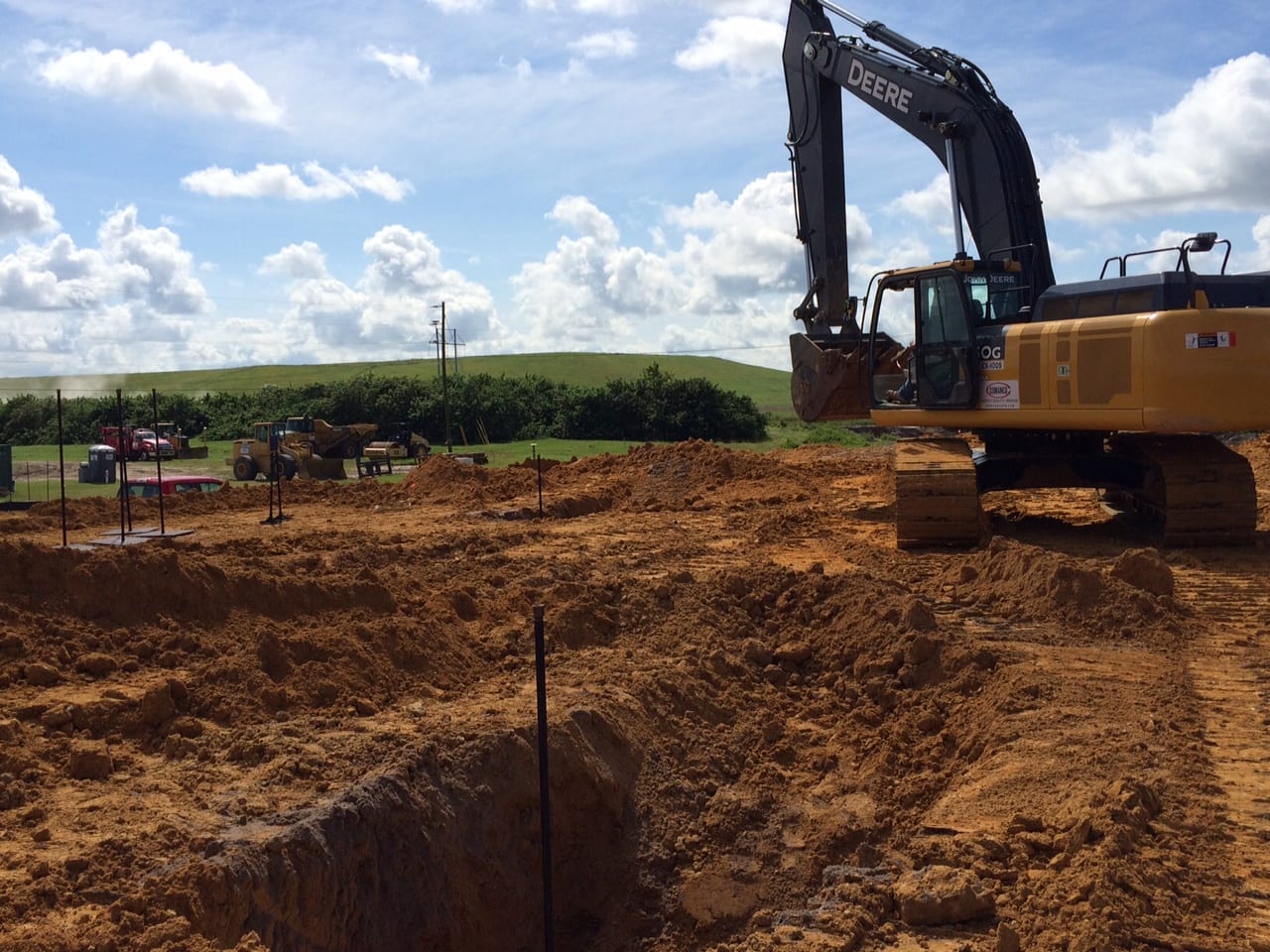

Building & Construction
What Is A Surcharge In Construction
Modified: January 21, 2024
Learn about surcharges in building construction, including what they are and how they impact project costs. Understand the importance of managing surcharges for successful construction projects.
(Many of the links in this article redirect to a specific reviewed product. Your purchase of these products through affiliate links helps to generate commission for Storables.com, at no extra cost. Learn more)
Introduction
Welcome to the world of construction, where every project starts with a solid foundation. In the realm of building construction, there are various factors and considerations that can influence the stability and integrity of a structure. One such factor that professionals in the field must take into account is the concept of surcharge.
A surcharge in construction refers to any additional load or weight that is applied to a structure or the ground it sits on. This can include the weight of added materials, equipment, or even natural forces such as soil or water. Understanding the significance of surcharge and its implications is vital for ensuring the safety and longevity of any construction project.
In this article, we will delve deeper into the definition of a surcharge in construction, explore the various types and examples of surcharges, discuss their effects, and highlight the design considerations and mitigation measures associated with surcharge. So, let’s dig in!
Key Takeaways:
- Surcharges in construction, whether intentional or unintentional, can lead to settlement, lateral movement, and structural distress. Understanding the factors affecting surcharge magnitude is crucial for designing resilient structures.
- Design considerations and mitigation measures, such as reinforced foundations and soil improvement, are essential for minimizing the adverse effects of surcharge loads. Careful planning and monitoring can ensure the safety and longevity of construction projects.
Read more: What Is Construction
Definition of a Surcharge in Construction
A surcharge in construction refers to any additional load or weight that is applied to a structure or the ground it sits on. It can be temporary or permanent and is typically added to test the stability and resilience of the structure. Surcharge loads are often applied during the design and construction phase to simulate the anticipated future loads that the structure will experience.
Surcharge loads can be intentional or unintentional. Intentional surcharges are purposefully added to the construction site to replicate the anticipated loads that will be exerted on the structure once it is completed. These intentional surcharges help engineers and builders determine the impact of additional weight and ensure that the structure can safely withstand future loads. Examples of intentional surcharges include the weight of construction equipment, building materials, or temporary structures erected on the site.
Unintentional surcharges, on the other hand, are unforeseen loads that may occur due to natural events or unforeseen circumstances. For instance, heavy rainfall can result in a significant increase in soil moisture content, causing the soil to become heavier and applying additional load to the structure. Similarly, seismic activities or nearby construction projects can introduce unintended surcharge loads on a building.
It is crucial to consider the magnitude and duration of the surcharge load when evaluating its impact on the structure. The load can be uniformly distributed or concentrated, depending on the nature of the surcharge. Uniformly distributed surcharges are spread evenly over the entire area, such as the weight of a temporary storage building. Concentrated surcharges, on the other hand, are localized loads applied at specific points, like the weight of a crane or heavy machinery.
In summary, a surcharge in construction refers to any additional load or weight intentionally or unintentionally added to a structure or the ground it sits on. It is essential to assess the impact of surcharges to ensure the stability and integrity of the structure throughout its lifespan.
Types of Surcharges in Construction
Surcharges in construction can come in various forms, each with its own specific characteristics and considerations. Understanding the different types of surcharges is crucial for accurately assessing their impact on the structure and incorporating appropriate design measures. Here are some common types of surcharges encountered in construction:
- Material Surcharge: This type of surcharge refers to the additional weight of materials placed directly on or adjacent to the structure. It includes construction materials like bricks, concrete blocks, steel beams, or any other load-bearing elements. Material surcharges are typically intentional and are used to simulate the expected weight that the structure will bear once it is fully constructed.
- Equipment Surcharge: Equipment surcharge involves the weight of machinery or equipment positioned on or near the structure during construction. This can include cranes, excavators, concrete pump trucks, or any other heavy machinery used in the construction process. The presence of equipment surcharges can significantly impact the stability and integrity of the structure, requiring careful consideration during the design phase.
- Soil Surcharge: Soil surcharges are surcharges that result from the weight of soil or other backfill materials placed on or near the structure. This type of surcharge is common in retaining walls, where the weight of the soil against the wall needs to be taken into account to ensure its stability. Soil surcharges can also occur in foundation construction, where additional soil is backfilled around the foundation to provide stability and prevent settlement.
- Water Surcharge: Water surcharge is caused by the presence of water on or near the construction site. This can include rainwater, groundwater, or any other form of water accumulation. The weight of water can exert significant pressure on the structure, particularly in cases where water needs to be temporarily stored or managed during construction. Waterproofing measures and drainage systems may need to be implemented to mitigate the effects of water surcharges.
- Live Load Surcharge: Live load surcharges refer to temporary loads that are imposed on a structure due to human occupancy or usage. These can include the weight of furniture, equipment, or any other movable objects. Live load surcharges are particularly important to consider in buildings such as offices, schools, or theaters, where the occupant load can fluctuate and change over time.
- Environmental Surcharge: Environmental surcharges are surcharges that result from natural or environmental factors. This can include the weight of snow accumulation on roofs during winter, seismic surcharges in earthquake-prone areas, or wind surcharges in regions with high wind speeds. Understanding the environmental surcharges specific to a construction site is essential for designing structures that can withstand the associated forces.
These are just a few examples of the types of surcharges encountered in construction. Each type requires careful assessment and consideration to ensure the safety and stability of the structure. By understanding the specific surcharge types and their impact, engineers and builders can create robust designs and implement appropriate mitigation measures.
Common Examples of Surcharge in Construction
Surcharge loads in construction can arise from various sources and scenarios. By examining common examples of surcharges, we can gain a better understanding of the potential challenges and considerations involved. Here are some typical examples of surcharges encountered in construction:
- Construction Equipment: During the construction phase, heavy machinery and equipment are often required to carry out various tasks. For example, cranes are used to lift and place large structural components, such as steel beams or precast concrete panels. The weight of these equipment imposes a significant surcharge on the ground and can also affect the stability of nearby structures.
- Temporary Storage Structures: Construction sites often require temporary structures, such as storage buildings or work trailers, to accommodate materials, equipment, and personnel. These structures, though temporary, can exert substantial surcharges on the ground and may impact nearby structures or affect the stability of the foundation in the long term.
- Backfill Material: In certain construction projects, backfill material such as soil or gravel is used to fill the space around foundations, retaining walls, or underground utilities. The weight of the backfill material creates a surcharge that must be considered in the design to prevent excessive settlement or destabilization of the structure.
- Water Retention: Construction sites may need to manage water retention temporarily for various reasons, such as testing drainage systems or creating a temporary reservoir. The weight of the retained water can impose significant surcharges on structures or affect the stability of soil slopes. Proper measures must be taken to manage the water surcharge safely.
- Roof Loads: In building construction, one must consider surcharges imposed by potential snow accumulation on roofs, particularly in regions with heavy snowfall. Snow can exert a significant load on roofs, and if not properly accounted for in the design, it can lead to structural damage or collapse.
- Adjacent Construction: Construction projects in urban areas often face surcharge challenges due to nearby construction activities. Excavation and underground construction in close proximity to existing structures can induce settlement or lateral movements, which need to be carefully monitored and mitigated to ensure the stability of all the structures involved.
These are just some of the common examples of surcharges in construction. It is crucial for construction professionals to assess and address these surcharges during the planning and design stages to ensure the safety and integrity of the structures being built, as well as any existing structures nearby.
Effects of Surcharge in Construction
Surcharge loads in construction can have several effects on the stability and performance of structures and the surrounding soil or ground. Understanding these effects is crucial for engineers and builders to design and construct safe and resilient buildings. Here are some common effects of surcharge in construction:
- Settlement: One significant effect of surcharge is settlement, which refers to the downward movement of the structure or the surrounding soil. When additional weight is applied, it can compress the underlying soil, leading to consolidation and settlement. Excessive settlement can result in uneven foundation movement, cracks in walls or floors, and compromised structural integrity.
- Lateral Movement: Surcharge loads can induce lateral movements in the soil, especially in cases where the surcharge is applied close to retaining walls or slopes. The lateral pressures can cause soil displacement and potentially lead to slope failure or instability, posing a risk to the structure and surrounding areas.
- Foundation Distress: Surcharge loads can impose stress on the foundation of a structure, potentially leading to foundation distress. This can manifest as cracks in the foundation walls, uneven settling of the foundation, or the tilting of the structure. Foundation distress can compromise the structural stability and integrity of the building and may require costly repairs or retrofitting.
- Structural Damage: Excessive surcharge loads can cause structural damage, such as cracks in walls, beams, or columns. This can occur due to the increased load exceeding the capacity of the structural elements or the redistribution of forces within the structure. Such damage can compromise the safety and functionality of the building and require immediate attention and remediation.
- Water Issues: Surcharge loads can impact water drainage and management on construction sites. The additional weight can contribute to soil compaction, hindering proper drainage and increasing the risk of water accumulation on the site. Poor water management can lead to erosion, instability, and potential damage to the structure and surrounding areas.
- Adjacent Structure Effects: Surcharge loads can also affect nearby structures or infrastructure. The additional weight and resulting movement can induce stress on adjacent buildings, leading to possible damage or settlement. It is essential to consider the impact of surcharge on neighboring structures to minimize the risk of collateral damage.
Recognizing and mitigating the effects of surcharge is crucial for ensuring the safety and longevity of construction projects. By carefully assessing the surcharge loads, engineers can implement appropriate design measures, construction techniques, and mitigation strategies to address the potential impacts and mitigate any adverse effects on structures and surrounding areas.
A surcharge in construction refers to an additional fee or charge that is added to the original cost of a project. It is often applied to cover unexpected expenses or changes in the scope of work. Make sure to carefully review the contract and understand the terms of any surcharges before starting a construction project.
Read more: What Is Residential Construction
Factors Affecting the Magnitude of Surcharge in Construction
The magnitude of surcharge in construction can vary based on several factors that influence the intensity and distribution of the additional load. Understanding these factors is essential for accurately assessing the surcharge and implementing appropriate design measures. Here are some key factors that can affect the magnitude of surcharge in construction:
- Weight of Surcharge: The weight of the surcharge itself is a significant factor in determining its magnitude. Heavier surcharges, such as large machinery or dense backfill materials, exert more load on the structure and the underlying soil, potentially leading to greater settlement, lateral movement, or stress on the foundation system.
- Location of Surcharge: The location of the surcharge plays a crucial role in its magnitude. Surcharges that are placed closer to the foundation or retaining walls can have a more significant impact on the structure and the surrounding soil. Surcharge location determines how the load is distributed and can affect the stability and performance of the structure.
- Duration of Surcharge: The duration for which the surcharge is applied can affect its magnitude. Temporary surcharges may have less long-term impact compared to permanent ones. However, the duration of the surcharge load can still influence the settlement or deformation behavior of the structure and the soil, particularly if it is prolonged.
- Soil Properties: The properties of the underlying soil, such as its strength, compressibility, and permeability, play a significant role in determining the magnitude of surcharge effects. Soft or loose soils tend to experience more settlement or lateral movement under surcharge loads compared to stiff or compacted soils. Understanding the soil properties is crucial for assessing the potential impact of surcharge on the stability of the structure.
- Groundwater Level: The groundwater level can have a significant impact on surcharge effects. High groundwater levels increase pore pressure in the soil, reducing its shear strength and potentially amplifying settlement or instability. The presence of groundwater needs to be considered when evaluating the magnitude of the surcharge and its potential consequences.
- Structural Configuration: The configuration and design of the structure itself can influence the magnitude of surcharge effects. Structural elements, such as foundation systems, retaining walls, or slabs, distribute the surcharge loads and can mitigate or amplify the resulting forces. The adequacy of the structural design in resisting the surcharge impacts is crucial for maintaining the integrity and stability of the building.
These factors interact and combine to determine the overall magnitude of surcharge effects in construction. It is important for professionals to assess and analyze these factors during the design and construction phases to ensure the safe and reliable performance of the structure under the influence of surcharge loads.
Design Considerations for Surcharge in Construction
When it comes to designing structures in the presence of surcharge loads, specific considerations must be taken into account to ensure the safety and stability of the construction. These design considerations help to mitigate the potential negative effects of surcharge and prevent issues down the line. Here are some key design considerations for surcharge in construction:
- Soil Investigation: Conducting a thorough soil investigation is crucial to understanding the soil properties and conditions at the construction site. Testing the soil’s strength, compressibility, and permeability helps engineers accurately assess the impact of surcharge loads and determine appropriate foundation design and necessary soil improvement measures.
- Structural Capacity: Designing the structure with adequate capacity to withstand the anticipated surcharge loads is paramount. Engineers must consider the additional forces imposed by the surcharge and ensure that the structural elements, such as beams, columns, and foundations, are designed to handle the increased loads without compromising the building’s stability and integrity.
- Foundation Design: The foundation system plays a critical role in supporting the structure and distributing the surcharge loads to the underlying soil. The foundation design should adequately account for the additional vertical and horizontal forces resulting from the surcharge. Techniques such as deep foundations or soil improvement methods may be employed to enhance the capacity of the foundation system.
- Retaining Structures: In projects involving retaining walls or other types of earth-retaining structures, careful consideration must be given to the surcharge loads. Factors such as the surcharge magnitude, surcharge distribution, and lateral earth pressure must be analyzed to ensure the stability and structural integrity of the retaining elements.
- Drainage and Water Management: Effective drainage systems should be incorporated into the design to manage water accumulation from the surcharge loads or any other sources. Proper drainage prevents the buildup of excessive pore pressure and helps maintain the stability of the surrounding soil and the structure itself.
- Construction Sequence: Planning the construction sequence is critical when there are surcharge loads involved. Coordinating the timing and sequencing of operations, such as the placement of heavy equipment or backfilling, helps minimize the duration of the surcharge load and reduce potential settlement or instability issues.
- Monitoring and Inspection: Regular monitoring and inspection during and after construction are essential to assess the behavior of the structure and surrounding soil under the influence of surcharge loads. This allows for early detection of any unexpected settlements or movements and enables prompt remedial actions if necessary.
By considering these design aspects, engineers can develop robust and resilient structures that can safely withstand the surcharge loads and minimize the potential risks associated with settlement, instability, or structural failure.
Mitigation Measures for Surcharge in Construction
Mitigating the potential risks and effects of surcharge loads in construction is crucial to ensuring the safety and stability of structures. Implementing appropriate mitigation measures helps minimize settlement, structural damage, and other detrimental impacts. Here are some common mitigation measures for surcharge in construction:
- Distribution of Load: Distributing the surcharge load over a larger area can help minimize its concentrated impact on specific points or elements of the structure. This can be achieved by using spreader beams or distributing the load across multiple supports.
- Reinforced Foundations: Strengthening the foundation system with additional reinforcement, such as increased rebar or additional piles, can enhance its load-bearing capacity and resistance to the surcharge loads.
- Soil Improvement: Modifying the characteristics of the soil through techniques like compaction, stabilization, or grouting can improve its strength and reduce its compressibility, thereby mitigating settlement and lateral movement caused by surcharge loads.
- Differential Settlement Countermeasures: Implementing measures to mitigate differential settlement, which occurs when different parts of the structure settle at different rates, is essential. This can involve using techniques such as soil mixing or installing rigid or flexible elements to equalize settlement and prevent structural damage.
- Retaining Wall Design: Properly designing retaining walls to resist the lateral earth pressure exerted by the surcharge loads is crucial. This may involve incorporating appropriate reinforcement, using geogrids or geotextiles, or implementing soil stabilization techniques behind the wall to enhance its stability.
- Water Management Systems: Implementing effective water management systems, including proper drainage, can help prevent water accumulation and minimize the risk of soil destabilization and structural damage due to additional hydrostatic pressure caused by surcharge loads.
- Quality Control and Inspection: Implementing stringent quality control measures and conducting regular inspections during and after construction allows for early detection of any potential issues. This enables prompt corrective actions and ensures that the surcharge effects are properly monitored and addressed.
- Regular Maintenance: Ongoing maintenance and monitoring of the structure can help identify any changes or issues related to surcharge loads. Timely repairs or adjustments can be made to ensure the continued integrity and safety of the construction.
Each construction project is unique, and the selection and combination of mitigation measures will depend on site-specific conditions and requirements. Engaging the expertise of geotechnical engineers and structural consultants is crucial to develop a comprehensive and effective mitigation strategy that takes into account the specific surcharge loads and associated risks.
Conclusion
Surcharges play a significant role in the field of construction, and understanding their implications is crucial for ensuring the stability, integrity, and safety of structures. As additional loads or weights applied to a structure or the ground it sits on, surcharges can result from intentional factors, such as construction equipment, backfill materials, or water retention, as well as unintentional factors like natural forces or nearby construction activities.
The effects of surcharges can be significant, including settlement, lateral movement, foundation distress, structural damage, water issues, and impacts on adjacent structures. To mitigate these effects, careful consideration must be given to various factors that affect the magnitude of surcharge, such as the weight of the surcharge, its location, duration, soil properties, groundwater levels, and the structural configuration of the building.
Designing structures to account for surcharge loads involves a range of considerations, including soil investigations, foundation design, retaining structures, drainage, and construction sequencing. Mitigation measures such as load distribution, reinforced foundations, soil improvement, retaining wall design, water management systems, and regular maintenance can help minimize the risks associated with surcharge loads.
In conclusion, surcharges in construction are a reality that must be carefully addressed to ensure the stability and safety of buildings. By understanding the definition, types, and examples of surcharges, as well as their effects and the factors affecting their magnitude, professionals in the industry can implement appropriate design considerations and mitigation measures. Through diligent planning, monitoring, and implementation, the adverse impacts of surcharge loads can be minimized, resulting in resilient structures that stand the test of time.
Frequently Asked Questions about What Is A Surcharge In Construction
Was this page helpful?
At Storables.com, we guarantee accurate and reliable information. Our content, validated by Expert Board Contributors, is crafted following stringent Editorial Policies. We're committed to providing you with well-researched, expert-backed insights for all your informational needs.
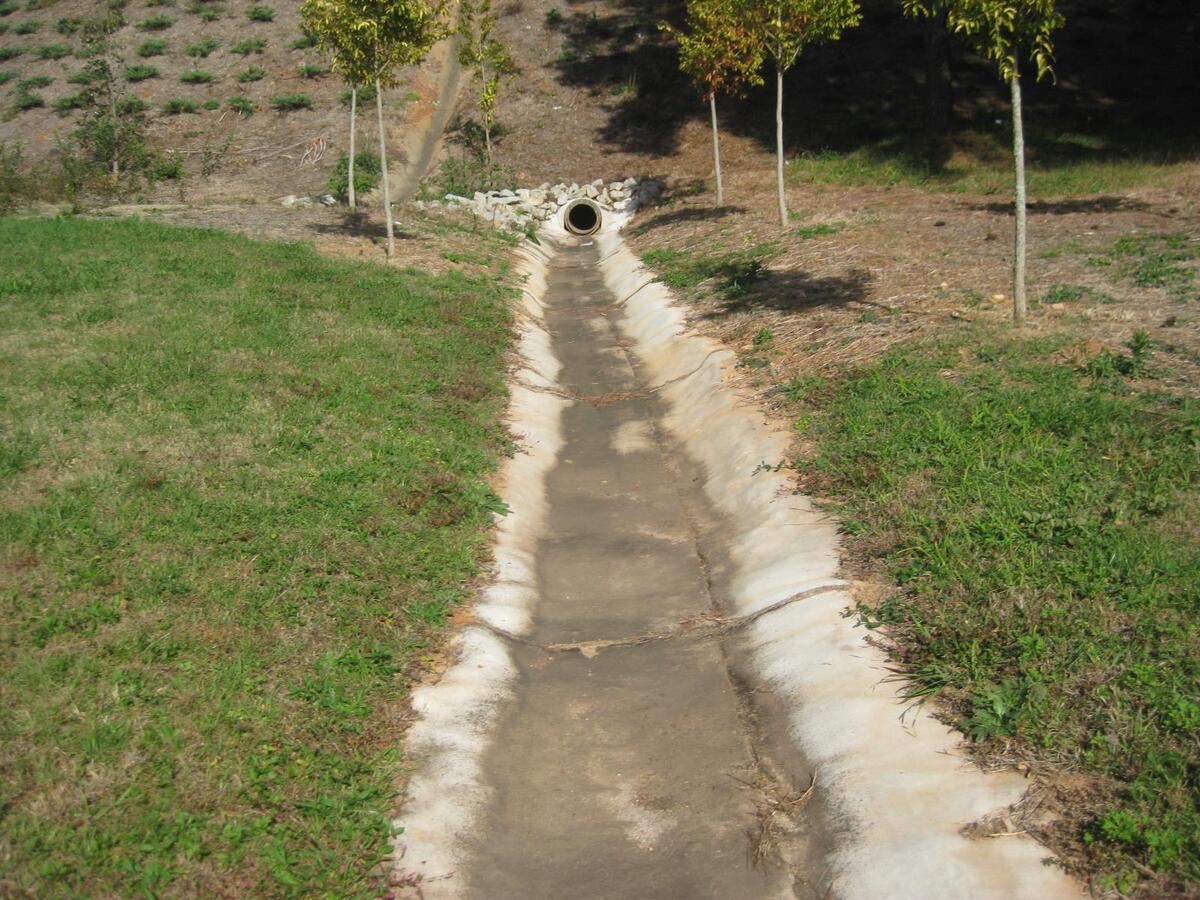
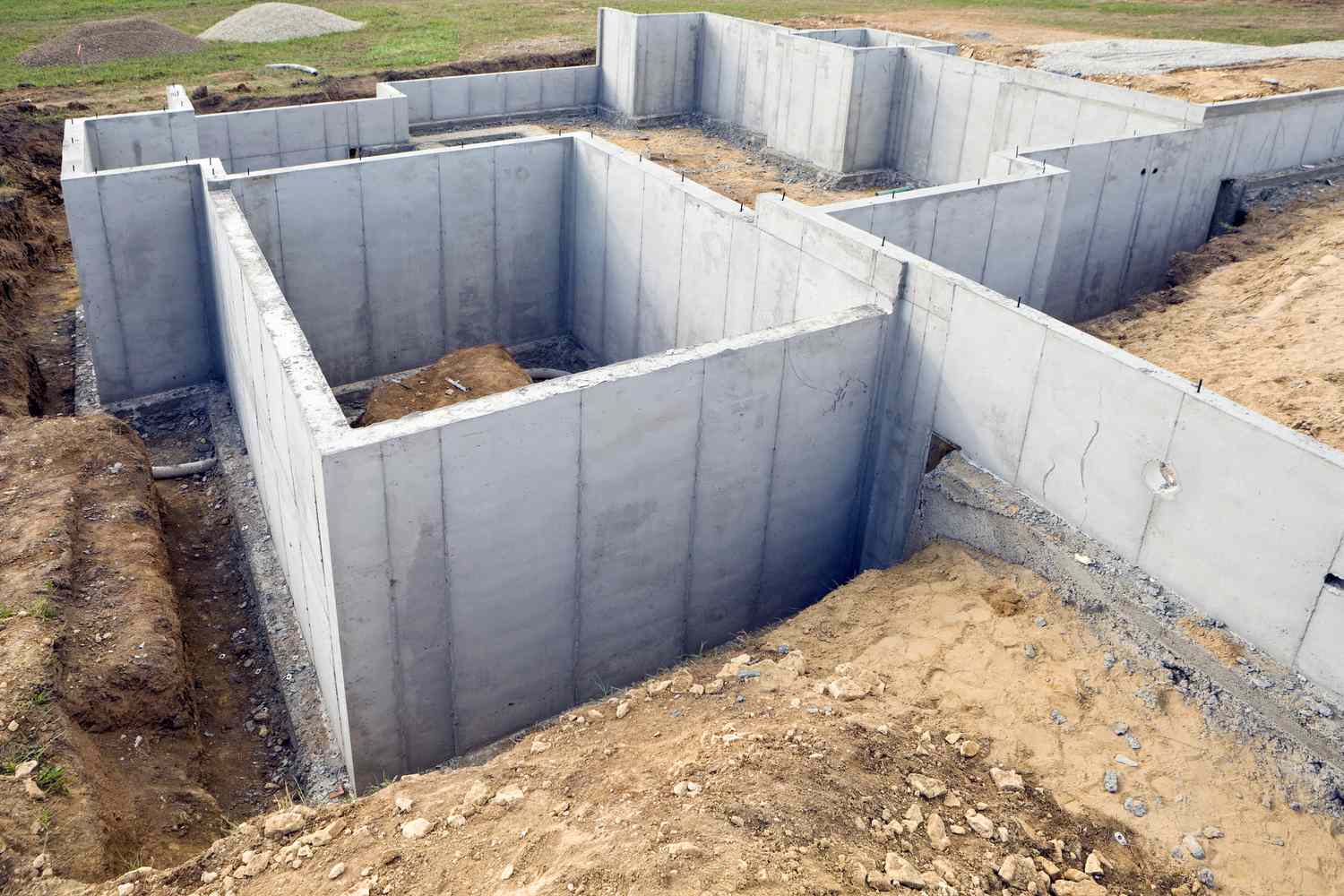


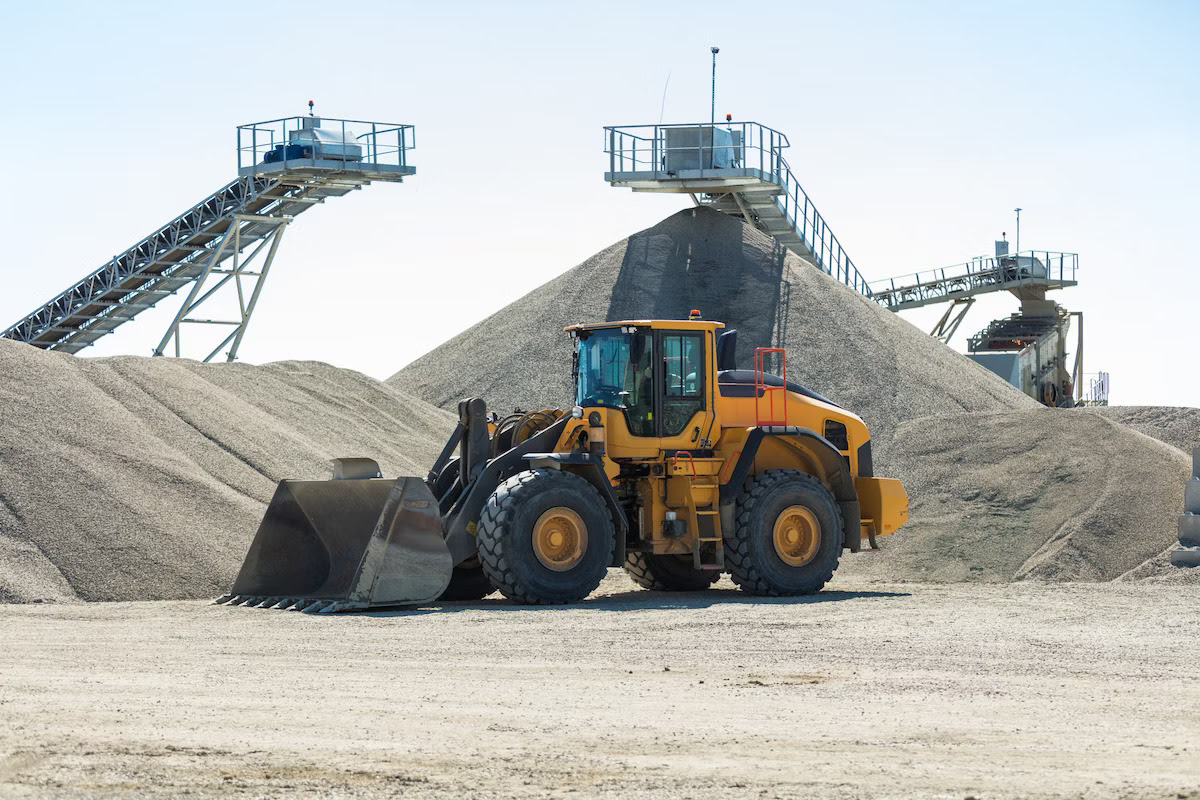




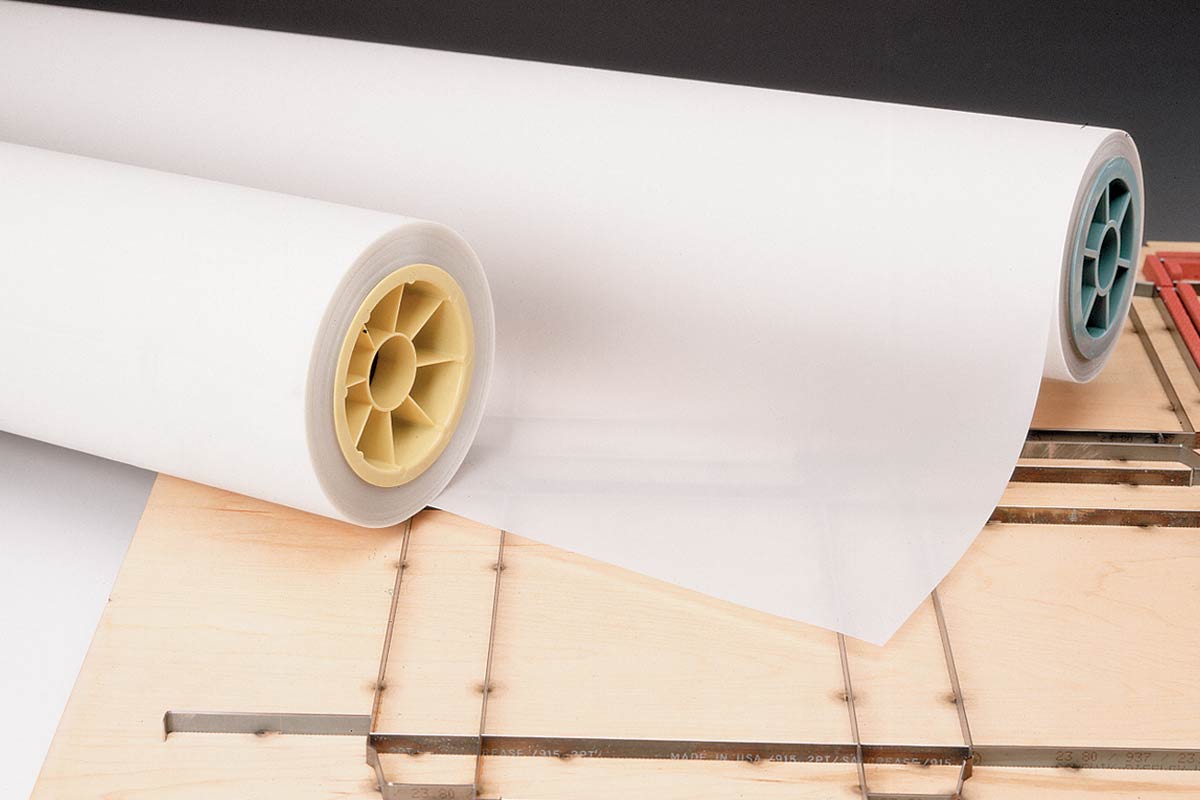
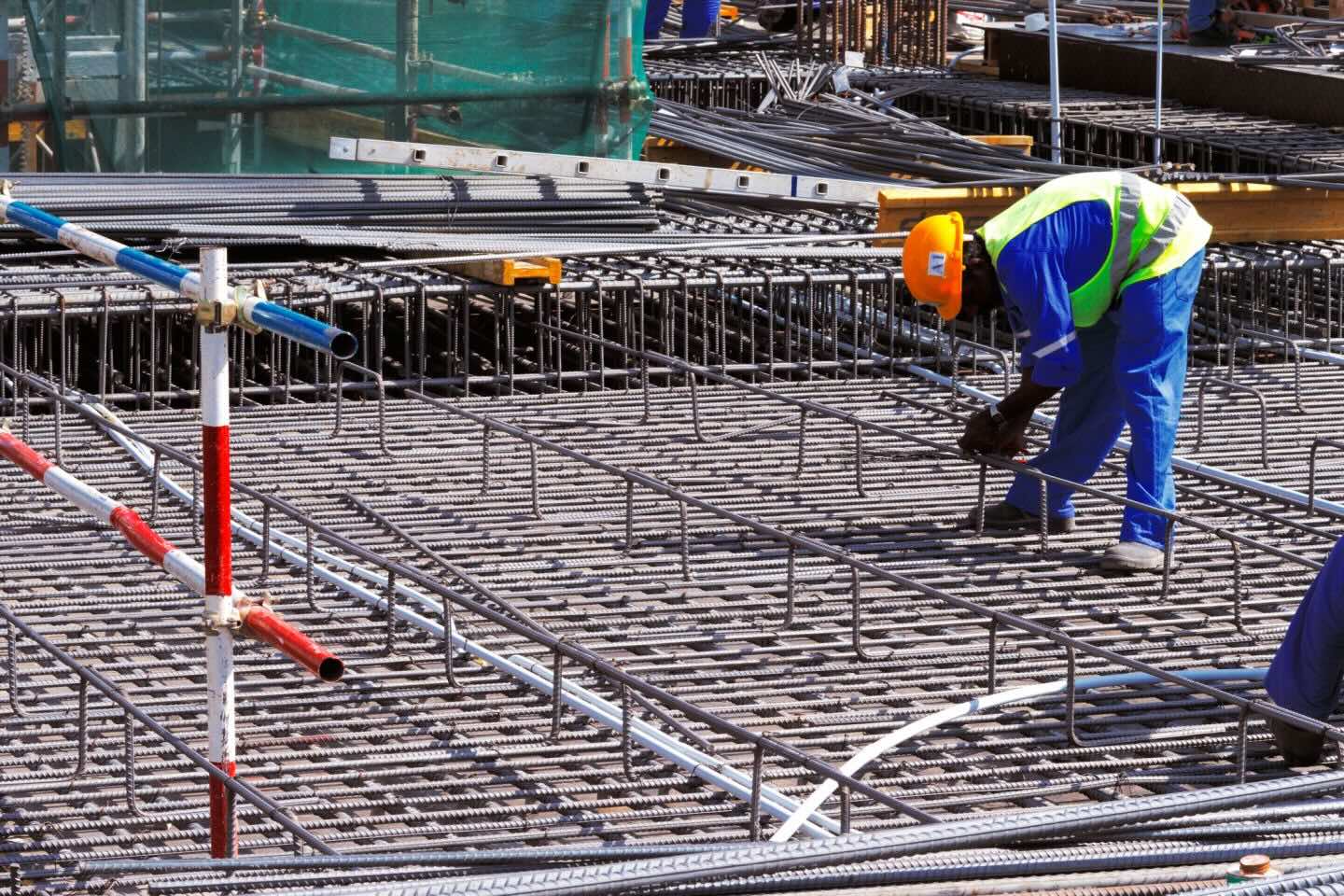

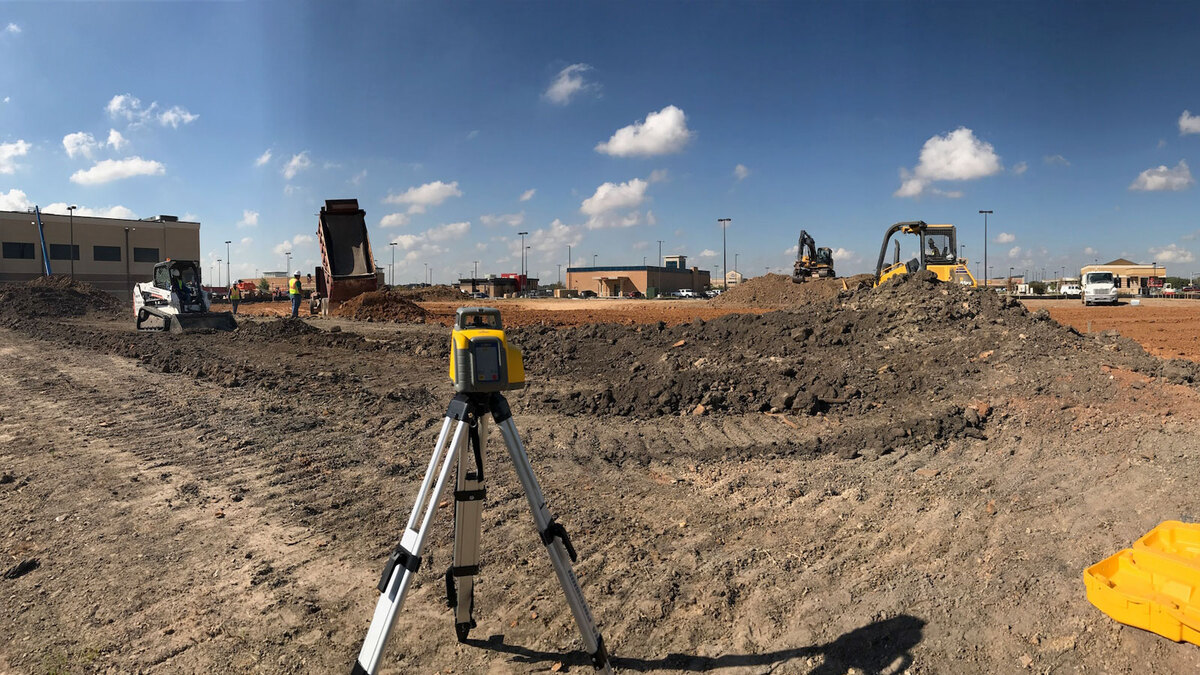
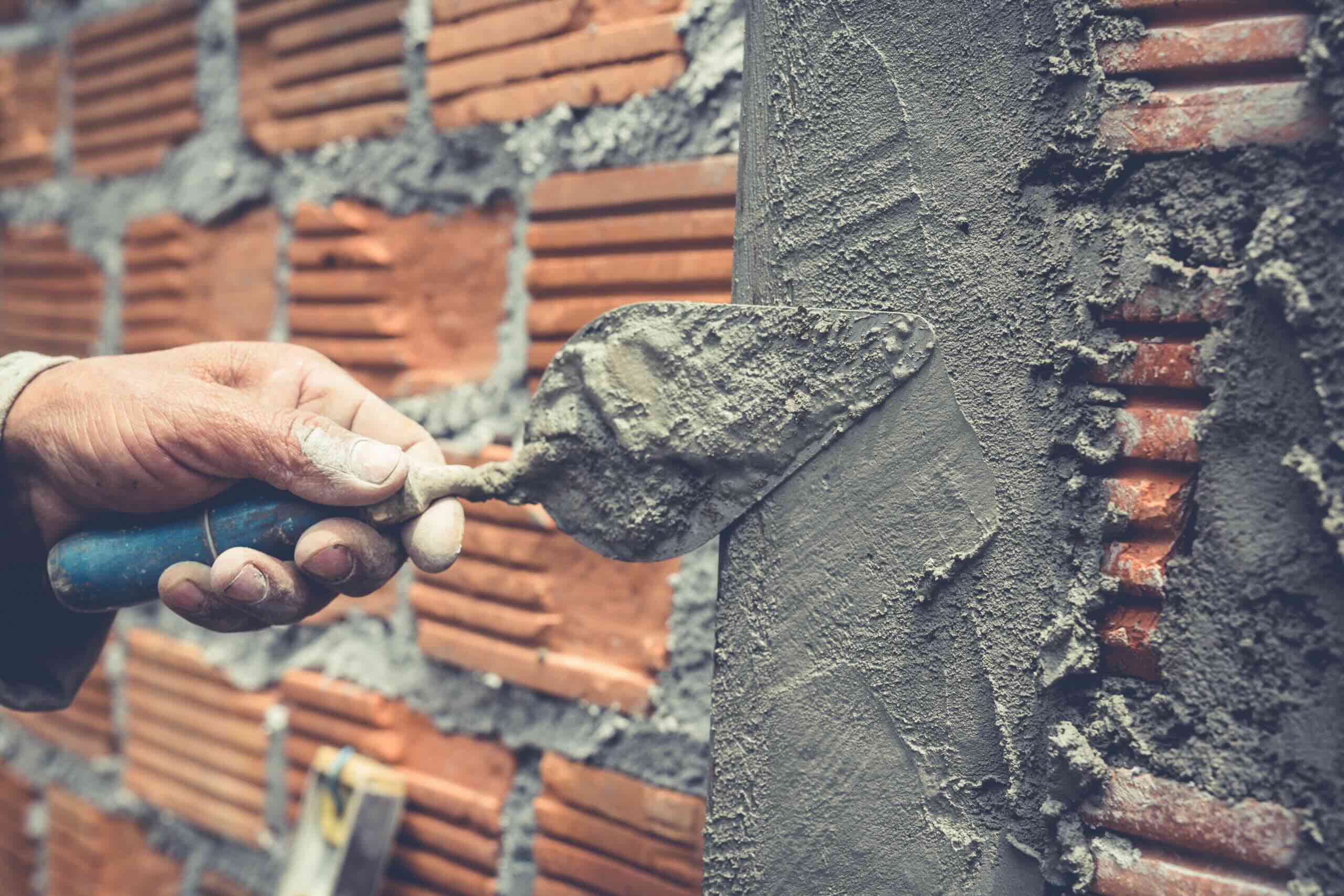

0 thoughts on “What Is A Surcharge In Construction”